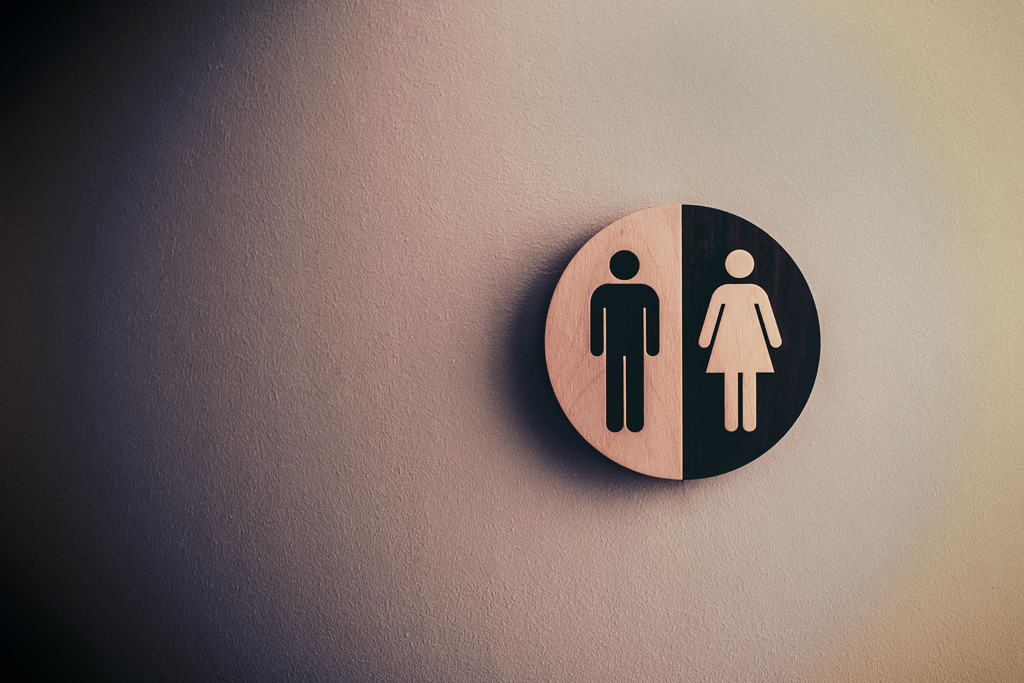An Irish female currently earns 14 cents less than every euro earned by an Irish male. This occurs across all sectors and organisational levels. Will the coming legislation help?
The gender pay gap is the aggregate difference between what women are paid compared to men. It is a broad measure of the difference in the average gross hourly earnings of male and female employees as a percentage of the average gross hourly earnings of male paid employees. It is usually measured across the economy as a whole or an entire industry or occupation and is expressed as a percentage of men’s earnings. It’s currently 13.9 per cent in Ireland, meaning that an Irish female earns just under 86 cents for every euro earned by an Irish male.
Origins and causes
The origins and causes of the gender pay gap are complex, multi-faceted and require a multi-dimensional response. Several complex factors typically lead to a gender pay gap, and often these factors are interrelated and may include: caring responsibilities, part-time working, differences in human capital, occupational segregation, pay discrimination and the undervaluing of women’s work.
Legislation
The Irish Human Rights and Equality Commission (Gender Pay Gap Information) Bill 2017 is on track for implementation this year. The legislation requires employers to calculate and report on their gender pay information annually and will mirror the model of the United Kingdom, who introduced gender pay gap reporting in 2018.
When enacted, both private and public sector employers will be required to report on employee and salary data, including gender, base salary and the employee’s organisational unit. The responsibility for reporting is expected to fall between HR and payroll units in organisations of greater than 250 employees. This threshold will be expanded gradually to organisations of greater than 50 employers within three years of implementation of the legislation.
In addition to the differences in hourly pay, information on the differences in bonus pay, part-time pay and the pay of men and women on temporary contracts will be included in the published data. Publication of differences in pay by reference to job classification may also be required.
Industrial sectors and organisational levels
Understanding the broader context within which your pay system operates makes it easier to close the gender pay gap or to put right any unjustifiable differences in the pay of men and women doing equal work. It can be helpful not only to know something generally about why men’s average earnings tend to be higher than those of women but also about how this manifests within industrial sectors.
The gender pay gap is wider, for example, in the private than in the public sector, and much wider in the financial services sector than in the healthcare sector. The extent of occupational segregation also varies markedly from one industry to another.
While there have been significant strides in gender equality, this has yet to translate through to senior levels in many organisations. To address this issue, organisations must regularly review and assess their gender pay gap statistics. Gender equality is something that many organisations speak of and create policies for, and gender pay gap reporting is the first real test of the effectiveness of those policies. The enactment of the Irish Human Rights and Equality Commission (Gender Pay Gap Information) Bill 2017 in Ireland will help this progress, but significant steps can only be made by organisations buying into this process.





